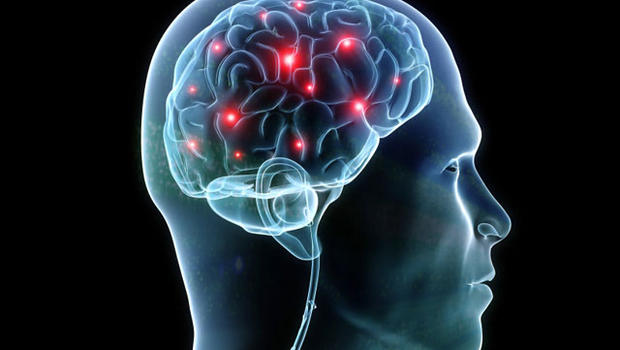If you know anything about the science behind cannabis, you know it’s complicated. The effects of cannabis on the brain are also complicated; and we have only just begun unraveling its many mysteries – including contradictory evidence.
For example: on the one hand, we’re overloaded with messages that marijuana impairs a user’s cognitive functioning (especially short-term). But on the other hand, there is evidence that is somewhat contrary to this – that cannabis can act as a neuroprotectant and can help prevent memory-related diseases such as Alzheimer’s.
You may be wondering how this is possible. Cannabis is a complex and diverse plant that is comprised of hundreds of chemicals. Furthermore, two of its most prominent constituents (THC and CBD) affect people in significantly different ways. But there are a few aspects of this substance that remain consistent.
What’s the Endocannabinoid System (ECS)?
This is what you might of heard as the body’s own cannabinoid system. It is a group of cannabinoid receptors (most of which are located in the brain) and throughout the rest of the central nervous system and the peripheral nervous system.
What does it do? It plays a role in the regulation of things like: mood, memory, the sensation of pain, physiology, and appetite. While it performs many tasks, its main goal is to provide your body with homeostasis and an overall healthy and stable environment.
What Are Cannabinoids?
Cannabinoids are chemical compounds that interact with the brains’ receptors. There are at least 85 cannabinoids that can be found in cannabis. Because of the hype of cannabis and marijuana legalization, the cannabinoids that most people are familiar with are THC and CBD.
THC in the Body
THC is a phytocannabinoid (phyto means “of the plant”) that activates the CB1 receptor, resulting in a psychoactive effect. The “twin” of THC that is found in our bodies is called anandamide – which is one of our body’s naturally occurring cannabinoids. THC essentially mirrors this cannabinoid.






Recent Comments